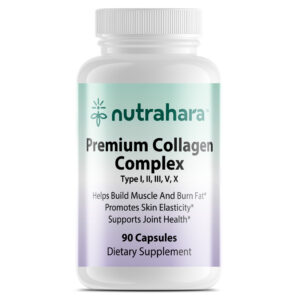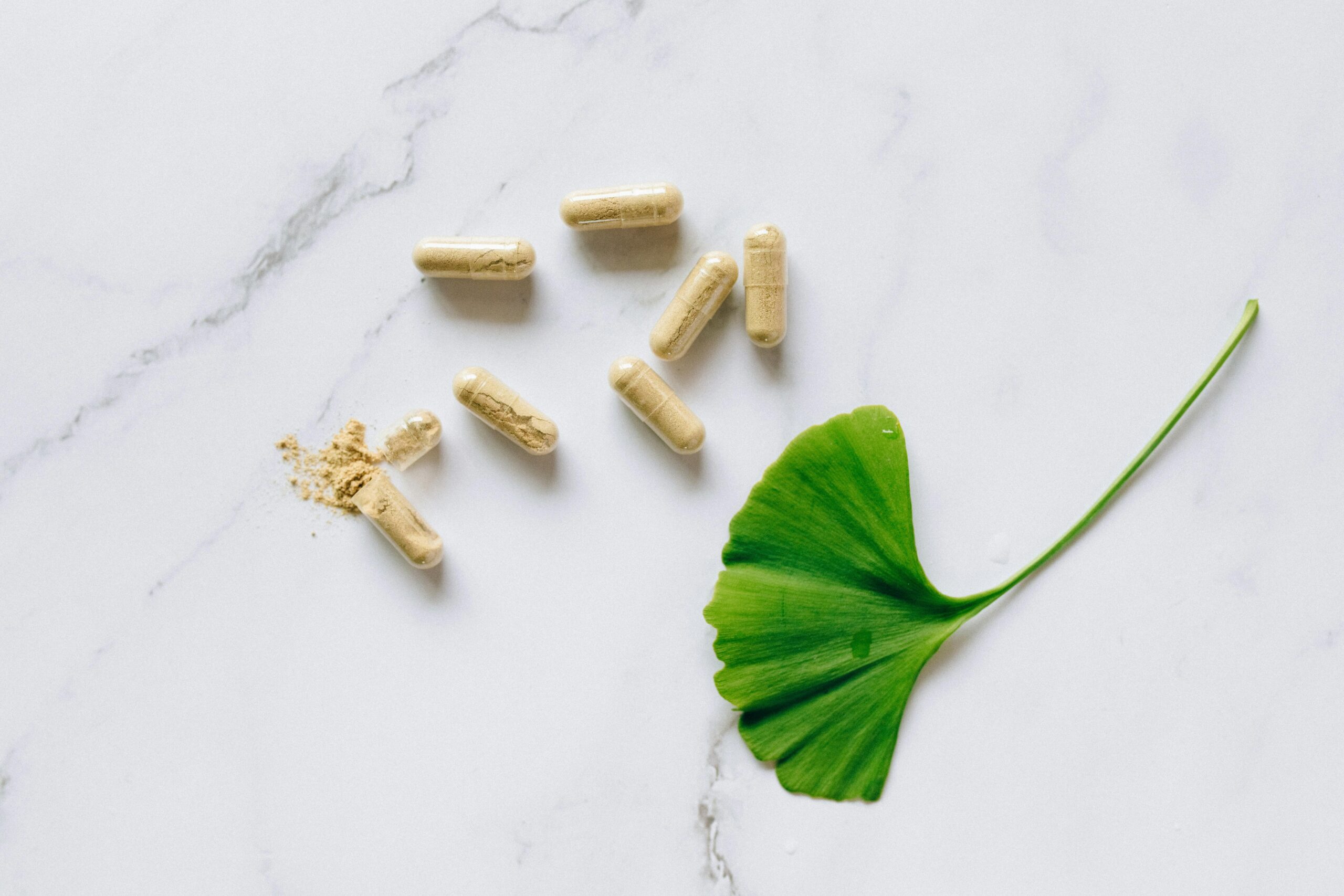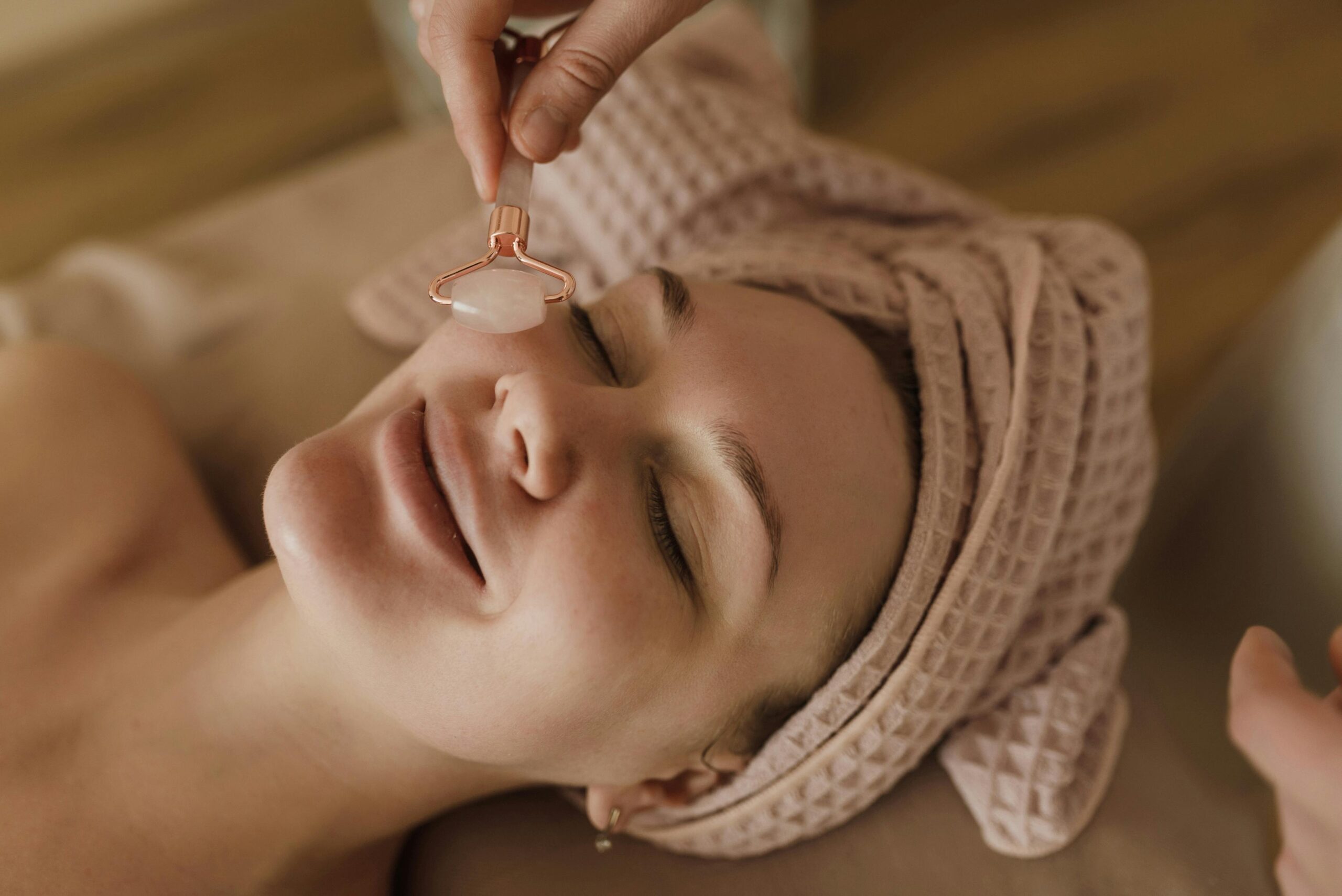
Nutrahara Blog
Nutrahara Blog
Comprehensive Insights into Osteoarthritis
I. Introduction
Osteoarthritis (OA), a prevalent degenerative joint disease impacting millions globally, is characterized by inflammation, knee pain, and joint discomfort, predominantly affecting weight-bearing joints like the knees, hips, and spine. This comprehensive guide aims to explore the causes, symptoms, and risk factors associated with osteoarthritis. We will delve into the mechanisms of inflammation and joint degeneration, shedding light on the intricate processes contributing to the progression of this condition. Furthermore, we will discuss various management strategies, encompassing lifestyle modifications, exercise, medication, and complementary therapies, offering guidance to alleviate pain and enhance the quality of life for individuals living with osteoarthritis.
II. Understanding Osteoarthritis AKA Arthritis
A. Definition and Overview of Osteoarthritis
Osteoarthritis, the most common form of arthritis, is a degenerative joint disease primarily affecting cartilage—the protective tissue covering the ends of bones in a joint. Linked to natural aging or wear and tear, OA can impact any joint but predominantly targets weight-bearing joints. In a healthy joint, cartilage facilitates smooth joint movement, but in OA, it gradually breaks down, leading to pain, swelling, and stiffness. As the condition progresses, bone spurs may develop at the edges of the affected joint.
B. Causes and Risk Factors
The causes of osteoarthritis are not fully understood, with age being a significant risk factor. Other contributors include obesity, joint injuries, repetitive stress, genetic factors, and certain metabolic disorders. Certain occupations and sports activities, involving repetitive joint movements, may increase susceptibility to joint degeneration.
C. Common Symptoms and Diagnostic Methods
Symptoms of OA include joint pain, stiffness, swelling, and reduced range of motion. Diagnosis involves evaluating medical history, a physical examination, and imaging tests such as X-rays or MRIs. Early diagnosis is crucial for effective management, enabling appropriate treatment and lifestyle modifications to minimize pain and improve overall quality of life.
III. Inflammation and Osteoarthritis
A. The Role of Inflammation in Osteoarthritis
Contrary to common belief, inflammation is a significant factor in OA. Although considered low-grade and chronic, inflammation in OA contributes to disease progression and joint damage. The wear and tear on the joint trigger a chronic inflammatory response, releasing pro-inflammatory cytokines like interleukin-1 (IL-1) and tumor necrosis factor-alpha (TNF-alpha).
B. Chronic Inflammation and its Impact on Joint Health
Chronic inflammation accelerates cartilage breakdown, stimulating enzyme production that damages the cartilage matrix. The inflamed synovium, the thin tissue lining the joint, produces excess synovial fluid, causing joint swelling and temperature increase. Chronic inflammation can lead to bone spur formation, contributing to joint pain and movement interference.
C. Understanding the Inflammatory Cascade in Osteoarthritis
The inflammatory cascade in OA involves interactions between various cells and molecules within the joint. Cartilage breakdown releases damage-associated molecular patterns (DAMPs), activating immune cells and perpetuating inflammation. Pro-inflammatory cytokines attract more immune cells, contributing to cartilage degradation. Understanding this cascade is vital for developing targeted therapies to modulate inflammation and halt disease progression.
IV. Knee Pain or Knee Osteoarthritis
A. Knee Anatomy and Osteoarthritis
The knee joint’s complexity makes it susceptible to OA due to its weight-bearing function and daily stress. In knee OA, cartilage breakdown leads to bone-on-bone contact, causing pain, inflammation, and stiffness, affecting shock absorption and stressing surrounding tissues.
B. Types of Knee Pain in Osteoarthritis
Knee pain manifests as mechanical, inflammatory, rest, or referral pain. Understanding the mechanisms, including chronic inflammation, nerve sensitization, synovial irritation, bone changes, and muscle weakness, is crucial for effective pain management.
C. Understanding the Mechanisms of Knee Pain
Factors contributing to knee pain include chronic inflammation, nerve sensitization, synovial irritation, bone changes, and muscle weakness. Recognizing these mechanisms is vital for tailoring effective pain management strategies, encompassing inflammation reduction, muscle strengthening, weight management, and physical therapy.
V. Managing Joint Pain in Osteoarthritis
A. Lifestyle Modifications for Joint Pain Relief
- Weight Management and its Impact on Joint Health
Maintaining a healthy weight reduces stress on joints, with even modest weight loss alleviating pain and slowing OA progression. A balanced diet and regular physical activity support weight management.
- Exercise and Physical Activity Recommendations
Regular, low-impact exercises like walking, swimming, and tai chi are essential for managing joint pain. Individualized exercise programs, guided by healthcare professionals or physical therapists, enhance muscle strength, joint stability, and overall function.
- Joint Protection Techniques
Minimizing pain and preventing further joint damage involve avoiding exacerbating activities, using assistive devices, and adopting proper body mechanics to reduce joint strain.
B. Medications and Therapies for Osteoarthritis Pain
- Over-the-Counter Pain Relievers and Nonsteroidal Anti-inflammatory Drugs (NSAIDs)
Nonprescription pain relievers and NSAIDs can reduce pain and inflammation, but long-term NSAID use requires monitoring due to potential side effects.
- Prescription Medications for Pain Management
In cases of insufficient relief, stronger pain medications or opioids may be prescribed, necessitating caution due to potential side effects and dependency risks.
- Topical Analgesics and Corticosteroid Injections
Topical treatments and corticosteroid injections offer localized pain relief, while hyaluronic acid injections and platelet-rich plasma (PRP) therapy may be considered for some individuals.
C. Complementary and Alternative Therapies for Joint Pain
- Acupuncture and Acupressure
Stimulating specific points on the body through acupuncture or acupressure may provide joint pain relief for some individuals.
- Massage Therapy and Manual Techniques
Massage therapy can alleviate muscle tension and improve blood circulation, contributing to temporary pain relief.
- Herbal Supplements and Dietary Modifications
While evidence for supplements like glucosamine and chondroitin sulfate is mixed, adopting an anti-inflammatory diet rich in fruits, vegetables, and omega-3 fatty acids supports joint health.
VI. Lifestyle Changes to Support Joint Health
A. Optimal Nutrition for Osteoarthritis
- Anti-inflammatory Foods and Omega-3 Fatty Acids
Incorporating anti-inflammatory foods and omega-3 fatty acids into the diet, such as fatty fish, fruits, vegetables, and whole grains, supports joint health.
- Foods to Avoid or Limit in Osteoarthritis
Limiting or avoiding foods high in saturated fats, trans fats, refined sugars, and processed meats, along with paying attention to individual sensitivities, can reduce inflammation and joint pain.
B. Exercise and Physical Activity Recommendations for Joint Health
- Low-Impact Exercises for Osteoarthritis
Engaging in low-impact exercises like walking, swimming, and cycling supports joint health. Strength training and range of motion exercises are essential for joint stability and flexibility.
Maintaining a balanced diet and regular exercise forms the foundation for supporting joint health, with personalized plans developed in collaboration with healthcare professionals for individual needs and limitations.
VII. Surgical Interventions for Osteoarthritis
A. When Conservative Treatments Are Insufficient
Surgical intervention may be necessary when conservative treatments prove inadequate or joint damage is severe, significantly impacting an individual’s quality of life.
B. Common Surgical Procedures for Osteoarthritis
- Total Joint Replacement
Total joint replacement involves replacing damaged joint surfaces with prosthetic components, aiming to relieve pain, restore joint function, and improve mobility.
- Partial Joint Replacement
For localized joint damage, partial joint replacement may be performed, replacing only the damaged portion while preserving healthy areas.
- Arthroscopy
Arthroscopy, a minimally invasive procedure, allows surgeons to visualize joint structures, perform repairs, or remove damaged tissues.
Surgical interventions carry risks, and decisions should involve collaboration with healthcare professionals, considering an individual’s condition, lifestyle, and preferences. Rehabilitation and physical therapy are integral to post-surgery recovery.
VIII. Coping Strategies and Support for Individuals with Osteoarthritis
A. Emotional and Psychological Impact of Osteoarthritis
Living with osteoarthritis can impact emotional well-being. Chronic pain, physical limitations, and lifestyle changes can lead to frustration, sadness, anxiety, or depression.
B. Seeking Support from Healthcare Professionals and Support Groups
Healthcare professionals and support groups play a crucial role in providing education, guidance, and emotional support for managing osteoarthritis.
C. Managing Stress and Building Resilience
Stress management through activities like deep breathing, meditation, and cultivating resilience contributes to overall well-being.
Conclusion
Osteoarthritis, though a chronic condition, can be effectively managed through an understanding of its mechanisms, lifestyle modifications, medical interventions, and emotional support. A comprehensive approach, addressing both physical and emotional aspects, is vital for navigating the challenges posed by osteoarthritis. By staying informed, adopting healthy habits, and utilizing available resources, individuals can regain control over their joint health and lead fulfilling lives.
Written by the Nutrahara Team
This article was prepared by the expert team at Nutrahara, which includes experienced nutrition scientists and naturopaths dedicated to advancing women’s health through natural wellness solutions. We combine scientific research with holistic practices to help you live your healthiest life.
Connect with us on LinkedIn to stay updated on the latest in women’s health and wellness.







